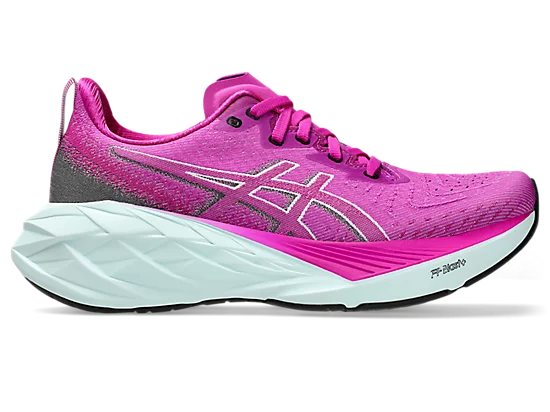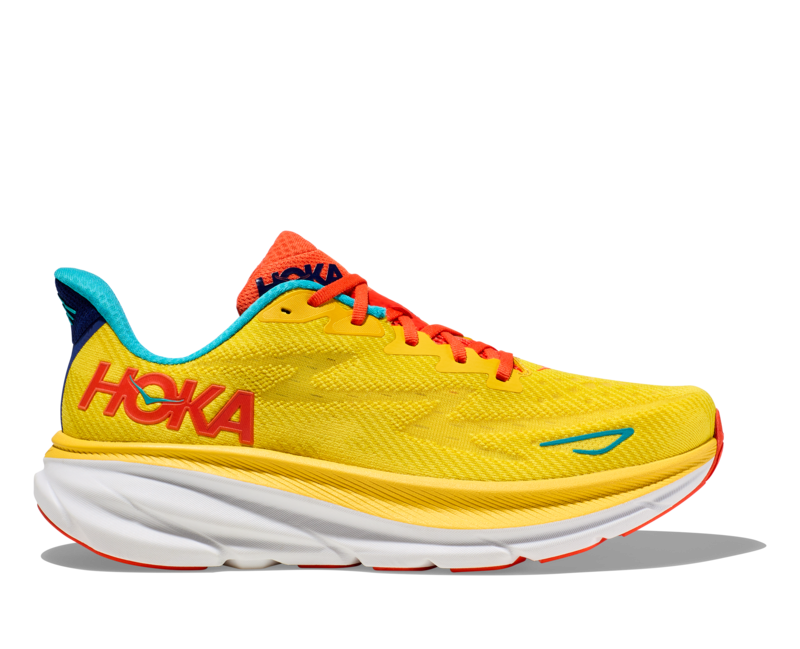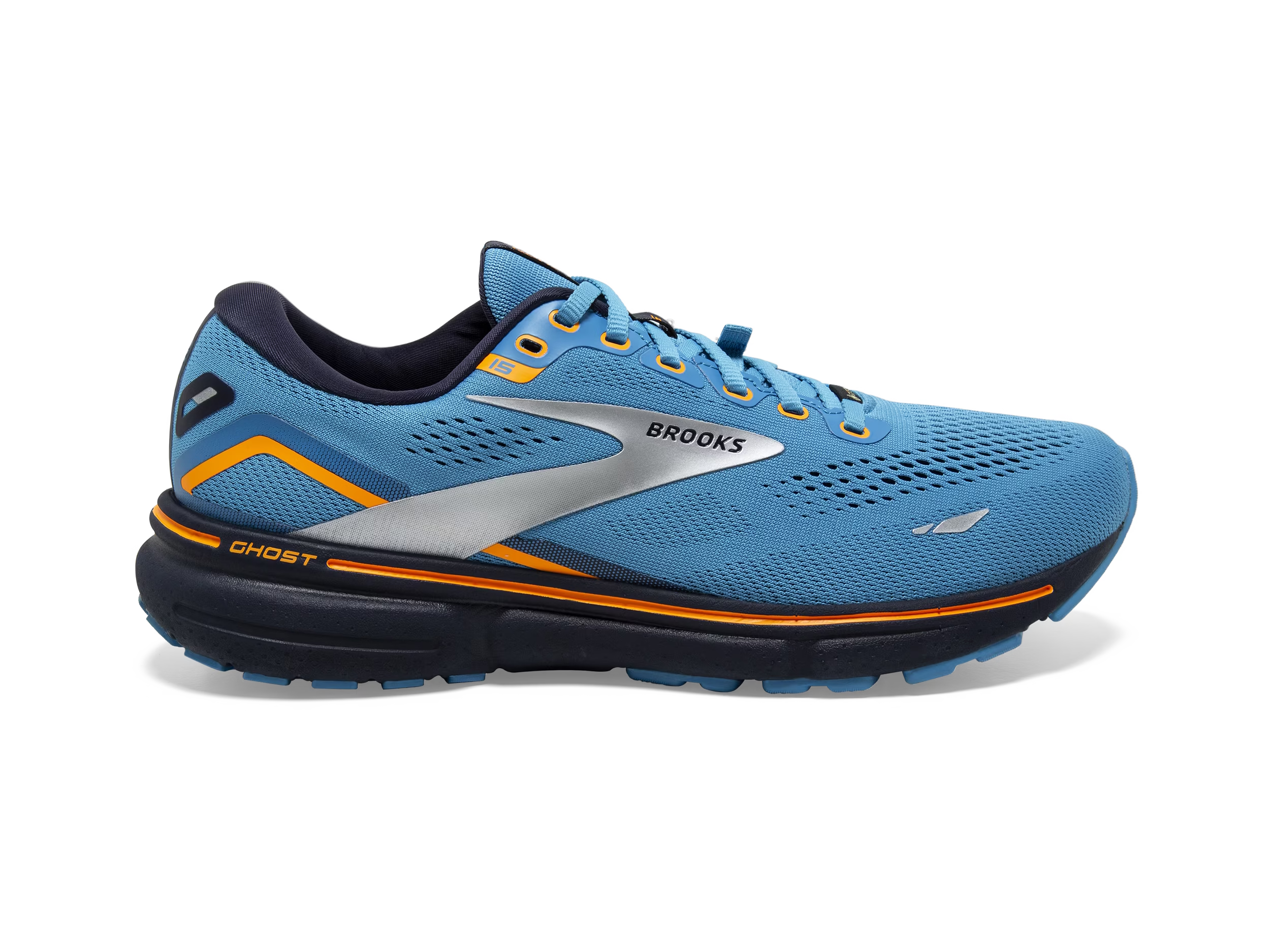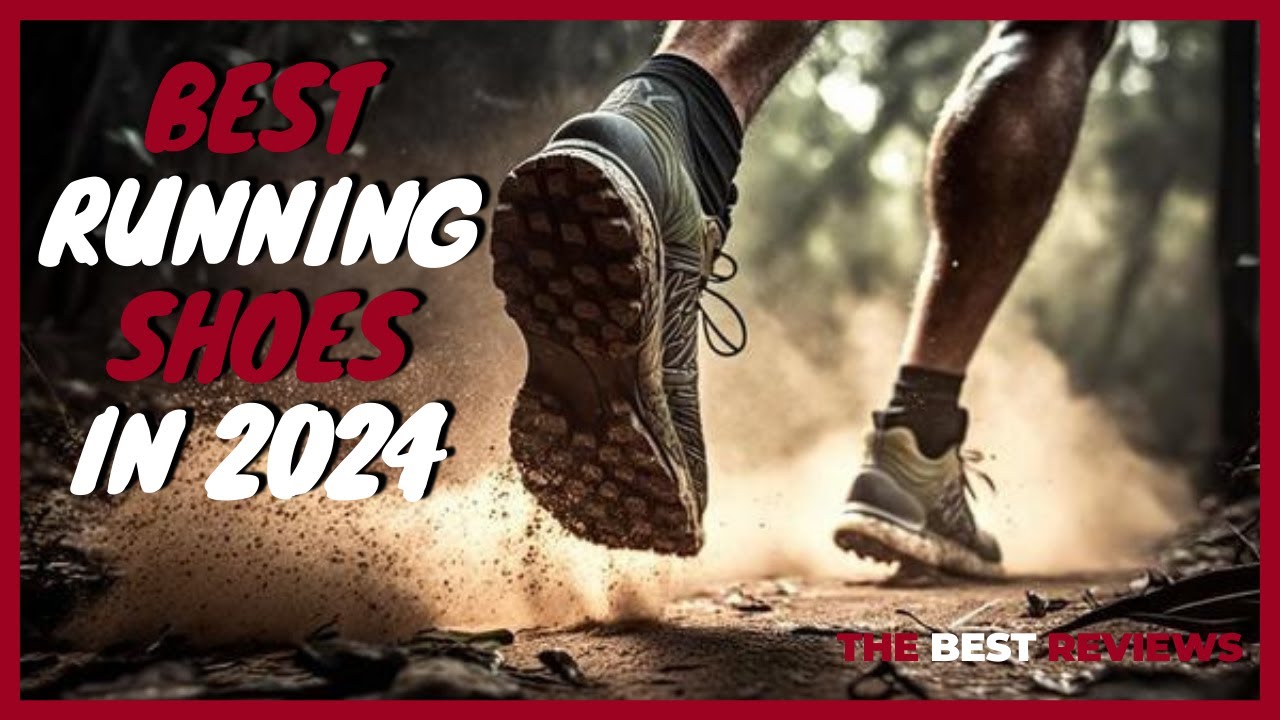Choosing the correct running shoes might be overwhelming due to the abundance of options available. Every shoe has something special to offer, from support and style to speed and agility.
Even though it could be tempting to choose the newest or most expensive style, choosing the correct shoe for your needs is essential to maintaining your comfort, support, and injury-free lifestyle. We can help with that. We are here to assist you in selecting the ideal running shoe for your needs after spending hours evaluating dozens of different models.
We’ll explain in this guide what makes each shoe unique and how various characteristics accommodate various runner types. We advise getting a gait diagnostic at a nearby running store before starting with our top choices.
Table of Contents
- Asics Nova blast 4
- Hoka Clifton 9
- Brooks Ghost 15
TOP 3 BEST RUNNING SHOSE 2024
1 : Asics Nova blast 4

However, as AS6 gets ready to launch the Asics Nova blast 4 hyperresponsivity More Bounce daily training shoe without a plate at the New York City Marathon Expo from November 2–4 and at running stores across the globe on December 1st, the running community has come full circle for a number of reasons.
The plush fit improved with an upgraded cushioning package and slightly energized outsole updated geometry are two of the main reasons why the new, improved, lower carbon footprint shoe is so timely and compelling.
Another is the growing concern that wearing shoes made of carbon-plated Nova Blast will go from feeling average to energized after testing runs, so it’s definitely a shoe for the winter.
Pros
- Enhanced outsole offering better grip and durability
- Improved upper comfort with premium materials
- Upgraded tongue padding
- Exceptional value at just $140
- More cushion than ever before
- Accommodates a wide range of foot sizes
- The most stable Novablast yet
- Retains most of its fun and energetic ride
Cons
- Not the best for hot summer runs
- Outsole still lacks grip in wet conditions
- Minor weight increase compared to v3
2 : Hoka Clifton 9

Clifton 9. When I first put on the Clifton 9es, I thought I had put on the best walking shoe ever made. It’s the most comfortable, springy, and stylish shoe ever made.
According to the H catalog, it’s a pair of hokas that I see most often in the wild among Sunday erns, so it’s also a walking shoe. You’ve heard enough about its everyday jogger cred, which is technically how Hoka markets it to runners.
You don’t care, and you certainly didn’t ask, but I ran a half marathon in the Clifton 9es a few weeks ago, and I cut ten minutes off my previous best time.
Pros
- Thicker and more energetic midsole cushioning
- Lighter than the v8
- Easy on the knees
- Durable upper
- Available in wide
- Good traction on roads and mild trails
- Mild, unobtrusive stability elements
- Can handle faster paces better than previous editions
- Best for easy days and long runs
Cons
- Snug fit
- Upper needs some time to break in
- Average breathability
3 : Brooks Ghost 15

15 The Ghost 15 is an excellent option for everyday workouts because of its exceptional comfort, particularly the DNA Loft V2 midsole’s gentle cushioning and reduced weight.
Additionally, this Brook Workhorse has smooth transitions and a segmented Crash Pad with ample heel cushioning. We think it’s a perfect complement for heels because of the easy flow outs. Strikers who frequently wear out their shoes With its insane 13.2 mm heel-to-toe drop, this shoe might not be the best option for you if you’re a 4-foot striker.
It has too much foam in the heel and not enough support where you actually hit the ground. Using our light, we were able to see hundreds of strategically placed ventilation holes. The 3D fit print added structure and increased breathability in that area.
Pros
- Supreme comfort
- Plush, stable ride that’s a delight
- Optimized for heel strikers
- No heel slippage
- Impressive value for $140
- Available in up to four different widths
Cons
- Slightly heavier than its predecessor
- Could use some improvements in breathability
- Not a good one for forefoot strikers
How often do you need to change your running shoes?
To reduce the colossal footprint of the global trainer industry, we support the idea of running every possible mile in the shoes you already own, revelling in every last run you can share.
Your gait, weight, the types of terrain you typically run on and the temperature of the places you’re running in will all contribute to the level of wear and tear of your shoes.
Chunkier shoes with a higher stack height will generally last longer than lighter, lower stack shoes, as the midsole foam on these shoes will take longer to break down.
can help to mitigate this because if you’re running in the same pair of shoes every day, the midsole foam doesn’t have time to fully decompress before its next use. So, giving your shoes time to recover between sessions allows the midsole to decompress, helping you to get more miles out of it.
How do I know my foot type for running shoes?
If you’re new to running, it’s a good idea to visit a running shop to get .
This looks at your running technique and the way in which your foot hits the ground, so you can find the right shoe for you and your gait.
There are generally three main foot types:

